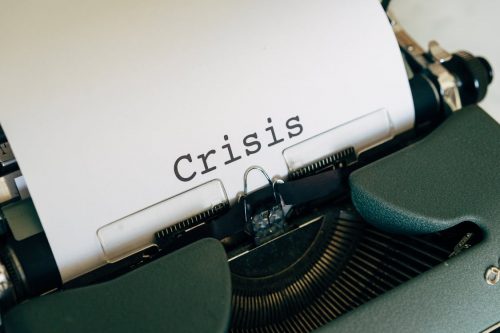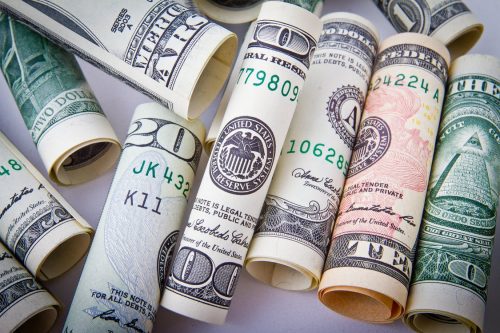Perhaps you are also one of the majority of people worried about the Coronavirus’s toll on the economy. With all the uncertainty and no clear forecast of what might happen to the world’s financial system, we can all expect failure in various ways. Countries will have to deal with the situation differently where they will try to come up with a better solution to keep a steady flow of what they still have. These include their money, resources, goods, and services, as well as people.

Source: pexels.com
An Instant Pull To Economic Failure
Of course, one of the best ways to flatten the curve of the virus is to eliminate or lessen possible host. That explains why mandatory safety protocols, such as social distancing and home quarantine, get ordered. However, with those specific measures, the world experiences a global financial downfall. All countries healthy economy is now suffering due to the life-saving stay-at-home orders. Yes, most governments can still provide the needs of their people. However, the question is, until when? We all know that resources and financial capabilities are limited. So what are we going to do if in case we don’t have enough funding to support us globally?

Source: pexels.com
Unfortunately, in case not all people are aware, there are issues regarding the process of economic recovery. Luckily, some companies can function even if the spread of the virus continues. These include machinery, construction, factories, and software labors. But for those smaller businesses, some of them can no longer operate due to lack of customers and financial support. That said, closing it impacts not only the business owner but also the employees as well. As a result, it becomes a factor in adding economic burden due to unemployment.

Source: pexels.com
Economic Shock Shapes
Another reason why productivity might take a longer time to recover is due to shock shapes. It explains the continuation of credit flow with less labor and productivity. One example of this is using the government’s saved money without replenishing it. Meaning, with people trying to keep up with stay-at-home orders, they won’t be able to go to work and contribute to the country’s tax collection. So imagine the fall when there is a rise in unemployment.
Another shock shape is much more costly. It is where the economy allows a drop in the credit flow to compensate and use only what is available. Though it may sound promising, there is a drawback to that. Once the economic flow gets disrupted, there is a 100% possibility that the economy will never return to its original state. Therefore, it will stick to its pre-crisis path and will damage the economy’s supply-sides. With that, people will soon have to get used to the limits of the situation.
Then there is the worst type of shock shape where the financial credit is severely disrupted. It is where the country suffers from very few or little to zero investments. Usually, examples of this are countries prone to wars, infectious diseases, and those isolated ones. It is an economic shock that drags a country down to a pit because no one recovers from this state due to the decline of growth. It leaves permanent structural damage to the country that not even their capital growth can save them.

Source: pexels.com
Takeaway
We might think that we are still financially okay today, but we must not get too confident about it. We are now dealing with an uncharted pandemic that causes a double risk of financial system shock and freeze of the global economy. And with social distancing still, on the table, the risk of financial shock and economic freeze can feed off each other in harmful ways. But despite that, we must think about what’s best for the future. Thus, all-out support for innovations and research is what we can do.